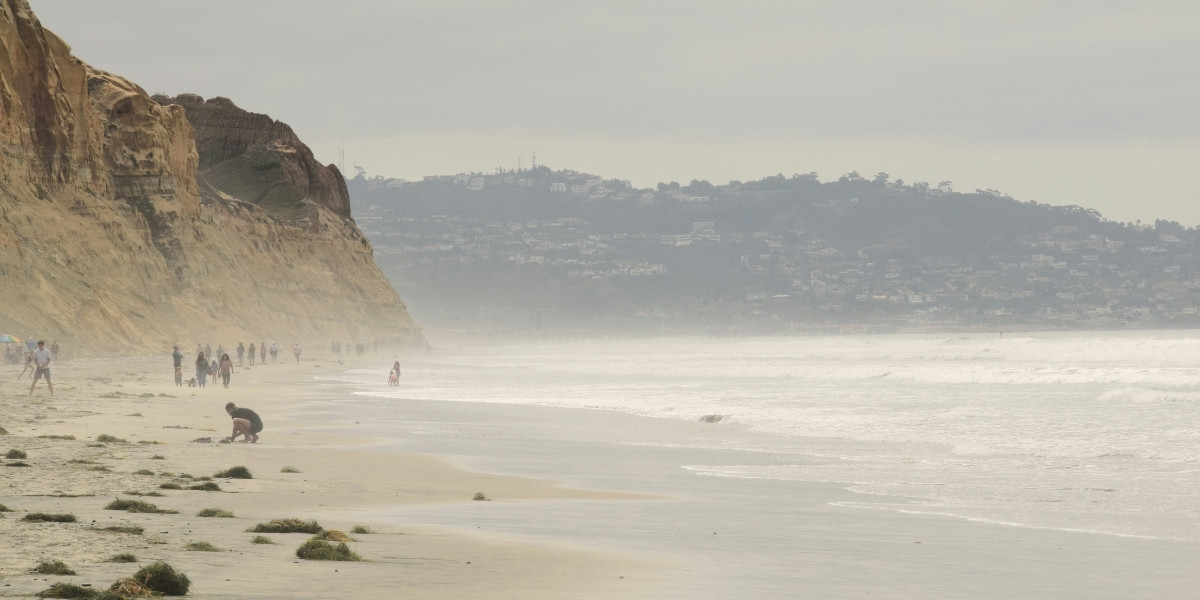By: Jason Gerber
Immigration is often seen as a physical journey from one country to another, but for those who experience it, the journey is far more complex. It involves leaving behind the familiar, embracing the unknown, and navigating the challenges of adaptation while striving to preserve one’s cultural identity. For Iranian Americans, this journey is uniquely resonant, blending the deep cultural heritage of their homeland with the challenges of adapting to a new environment.
Shahin Samadi’s memoir, Currents of Being, explores immigration, adaptation, and the intricate process of integrating into American society.
Leaving Iran: The First Step in a Long Journey
For many Iranian Americans, leaving Iran after the 1979 Revolution was not just about seeking new opportunities; it was a response to political upheaval that forced many to seek refuge in the United States. The move to America represented more than a change in location—it was a profound shift in life.
In Currents of Being, Samadi recounts his departure from Iran, marked by emotional and cultural challenges. Leaving behind the familiar streets of Tehran and the support of extended family, this journey symbolized both hope and loss—a chance to build a new life while severing ties with the past.
Adapting to a New Culture: The Challenge of Integration
Upon arriving in America, Iranian immigrants faced the significant challenge of adapting to a new culture. The United States, with its unique blend of cultures, values, and social norms, presented a stark contrast to Iran’s more homogeneous society. For Iranian Americans, the process of adaptation involved learning a new language, understanding unfamiliar social cues, and, often, redefining their identities.
Samadi’s memoir vividly captures the struggles and triumphs of this adaptation process. He describes the initial sense of alienation he felt upon arriving in the United States—feeling like an outsider in a society that often misunderstood or stereotyped his culture.
However, Samadi and many other Iranian Americans found ways to bridge the cultural gap through determination and resilience. They learned to navigate the complexities of American society while retaining the core aspects of their Iranian identity, creating a unique blend that enriched both their lives and their communities.
Preserving Cultural Identity: The Role of Community
A central aspect of the Iranian American experience is preserving cultural identity amid the pressures of assimilation. For many, maintaining their cultural heritage is a source of pride and a vital connection to their roots, ensuring that traditions are passed down to future generations.
In Currents of Being, Samadi offers insightful reflections on the importance of community and family in preserving this identity. Iranian American communities across the United States have established cultural centers and language schools to keep the Persian language, traditions, and values alive.
Within families, customs are upheld, Persian holidays are celebrated, and Iran’s rich history and literature are passed on, ensuring cultural continuity despite the pressures of assimilation. This commitment to cultural preservation allows Iranian Americans to honor their heritage while embracing their new lives in America.
Contributing to American Society: The Immigrant Impact
Despite the challenges of immigration and adaptation, Iranian Americans have made significant contributions to American society across various fields, including business, academia, arts, and technology.
In Currents of Being, Samadi highlights these achievements and the impact of their rich cultural heritage on the American tapestry. He reflects on how the entrepreneurial spirit, resilience, and strong work ethic of Iranian Americans have led to success in many sectors, leaving a lasting mark on the country.
Samadi also emphasizes the importance of civic engagement for Iranian Americans, arguing that active participation in political and social life is crucial for making their voices heard and contributing meaningfully to society while honoring their cultural roots.
Bridging Two Worlds: The Dual Identity of Iranian Americans
One of the key challenges for Iranian Americans is balancing a dual identity—being both Iranian and American. This duality can create internal conflict but also offers the strength of drawing from both cultures.
In Currents of Being, Samadi explores this complexity, reflecting on how he navigates between these worlds. He believes that embracing both identities, rather than choosing one over the other, allows Iranian Americans to create a unique and enriching experience that benefits both themselves and their communities.
Conclusion
Shahin Samadi’s Currents of Being offers a deep exploration of the immigrant experience, particularly through the lens of an Iranian American. His memoir provides valuable insights into the challenges of immigration, adaptation, and cultural identity preservation while highlighting the significant contributions immigrants bring to their new societies. Samadi’s story is a powerful reminder that dual identity can be a source of strength and enrichment.
Read Currents of Being by Shahin Samadi to discover the powerful story of an Iranian American navigating the bridges between worlds. This memoir reveals hope and inspiration, showing that while the journey is challenging, it also presents opportunities for growth, learning, and connection.
Published by: Holy Minoza






